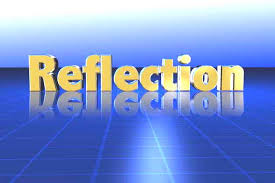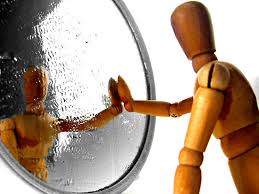Critical Reflection is a tool that educators can use to continuously improve instruction. It is often used as a tool of peer observation professional learning communities. Karathanos and Aminy (2008) write that educators should routinely critically reflect on lessons by asking questions such as: what went well, what did not go as planned, what was learned as a result of the lesson, how will this new knowledge be used , and what changes might be made going forward.
Retelling the “story” of instruction can call attention to moments of learning and missed opportunities. Costa and Kallick (2000) write that narrative reflection can be used in conjunction with teacher or student journals. The theory is that by recounting the actions, discussion and interactions that took place within a learning session give valuable information for crafting a better learning experience in the future. This theory is based on a concept by Wasley, Hampel and Clark (1997) that encourages educators to move forward in education with an eye on the past.
Here is a template that is used in my setting to encourage teachers to reflect on planning and practice.
References
Costa, A., & Kallick, B. (2000). Getting into the habit of reflection. Educational Leadership, 57(7), 60-62. Retrieved from http://www.ascd.org/publications/educational- leadership/apr00/vol57/num07/Getting-into-the-Habit-of-Reflection.aspx
Karathanos, K., & Aminy, M. (2008). ). critical reflection in teacher education. Academic Exchange Quarterly,12(2), 87-92. Retrieved from http://www.rapidintellect.com/AEQweb/
Wasley, P. A., Hampel, R. L., & Clark, R. W. (1997). Kids and school reform. San Francisco: Jossey-Bass.


